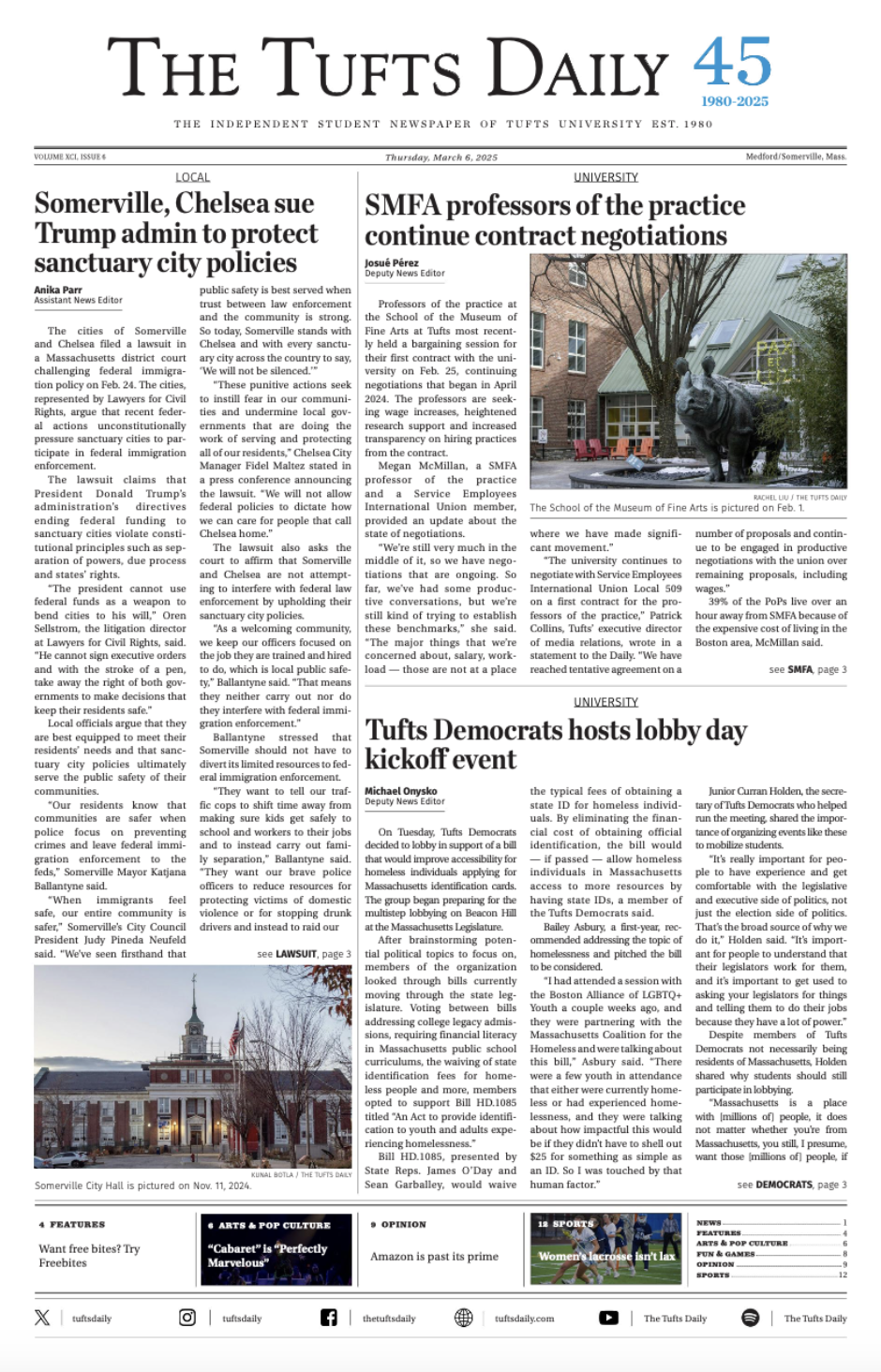Until recently – this week, in fact – we hadn’t considered the gastronomic possibilities that the pairing of oysters and whisky might bring.
Sure, they're each tasty, manly things in their own right – but that doesn't mean that they're as destined as say, bacon and chicken, or sex and cigarettes.
Thanks to a group of oyster connoisseurs who call themselves The Mother Shuckers (!), oysters and whisky has become a reality with a new Covent Garden pop-up. The Shuckers have teamed up with the Scotch Malt Whisky Society, who are responsible for sourcing an incredible selection of high-end, short-run British whisky.
The temporary space is called Pearl Dram. Naturally.
So what the hell happens to one's palette when it's lavished with smokey cask whisky and sea-salty oysters?
Very, very good things.
The dance of buttery, smooth oyster – so flavoursome they're wholly devoid of garnish – and light, floral whisky is mesmerising.
Pearl Dram has six pairings to eat and drink your way through. In a rogue turn, you're encouraged to chew and saviour the oysters, taking in the notes in the same fashion you might do with, say...a whisky.
Our pick of the bunch? A 16 year old, slightly salty marmalade-tinged whisky, which was partnered up with the creamy, flavour-loaded Colchester oyster: a one-two punch you'll be glad to take.
If we're being entirely honest, you ought to work your way through the selection twice – for posterity, and because, dang, deep-sea British oysters and premium cask whisky have been kept apart for far, far too long.
The Pearl Dram Whisky and Oyster Bar is popped-up at 53 Monmouth Street, Seven Dials, London, WC2H 9DG from Thursday 5 September to Sunday 8 September (Thurs-Sat noon-9pm, Sun noon-5pm). Entry is free.
Whisky And Oysters: Together At Last

Disney's newest film, "Frozen" has been receiving high praise, with some critics even comparing it to classics such as "Beauty and the Beast" (1991) and "The Lion King" (1994). Yet, while the wintery tale may be warming hearts this season, there is little to suggest that the movie will ever join the ranks of Disney's beloved perennial favorites. A flurried blend of confusing plot twists and cliches may be precisely what viewers expect from an animated holiday flick, but this combination alone is far from the stuff of cinematic legend. Unfortunately, many of the solid elements of "Frozen" - the charming and whimsical humor, a reasonable dose of star-power and the gorgeous imaginary landscape of dazzling winter - are buried beneath an unwieldy and predictable storyline that lacks the smoothness and development of earlier Disney hits.
"Frozen" tells the story of two sisters, the princesses of the fictional Finnish kingdom Arendale. Older sister Elsa, portrayed by Idina Menzel (whose superb singing has graced Broadway stages in shows like "Rent" and "Wicked"), is afflicted with a strange condition she's had since childhood - she can produce ice, snow, wind and cold. Elsa has limited control over her powers, and when she accidentally converts Arendale's bright summer into a deep and dangerous winter, it falls to her younger sister, Anna (Kristen Bell) to save the kingdom.
To aid her in her mission, Anna enlists the help of handsome-yet-clueless ice seller, Kristoff (Jonathan Groff), his goofy reindeer Sven and a suave snowman, Olaf (Josh Gad). To be fair, the reindeer and snowman are adorable. But the image of an endearing motley crew fearlessly embarking on their seemingly impossible and ill-advised quest is by now so familiar it becomes lackluster, even when set against a shining background of sparkling snowflakes and frosty mountaintops. The ending too, which features a not-so-surprising twist that makes Anna the tale's hero (and sidelines romantic love), seems like it might be a feminist solution to the problematic "guy saves the girl" complex Disney has been criticized for in the past. Sadly, the plot's conclusion, along with a heavy dose of hair-related symbolism, is sure to remind viewers of "Tangled" (2010). Like "Tangled," "Frozen" will undoubtedly elicit the requisite laughs and sighs from audiences, yet coming three years later, Anna's heroism feels forced and unoriginal.
Admittedly, originality was never Disney's strong suit. "Frozen," like many of Disney's past gems, is loosely based on an earlier story - in this case, the inspiration is the fairytale poem "The Snow Queen," by Hans Christian Andersen. The Danish writer is famous for producing versions of a slew of other beloved childhood stories, including "The Princess and the Pea," "Thumbelina" and "The Little Mermaid." Curiously, it is the influence of "The Snow Queen," if anything, which helps "Frozen" move away from mundane Disney stereotypes.
What is interesting about "Frozen" is not the fact that the story is an adaptation, but how Disney chooses to execute it. "The Snow Queen" recounts the complex and enigmatic tale of an enchanted mirror that pierces the heart of a young boy named Kay, causing everything around him - except the bewitching beauty, the Snow Queen - to appear ugly in his eyes, and threatens to freeze him solid unless his best friend Gerda can save him. The story provokes questions of loyalty, but also examines the ability of perception to poison what is good and natural.
For its part, "Frozen" takes serious liberties with Andersen's work yet still allows audiences to ponder the effect of emotion and perception on one's reality. At the center of this struggle is Elsa, the stunning young woman who, like Kay, struggles to see goodness in the world around her. Unfortunately, "Frozen" focuses the bulk of its attention on Anna, the less interesting of the sisters, but a few heartfelt moments - and Menzel's beautiful delivery of the Elphaba-esque song "Let it Go" - allow viewers to gain insight into Elsa's character.
Overall, "Frozen" may not be destined to be the next Disney classic, but aside from a few disappointing cliches, it offers an interesting take on a traditional fairytale and undeniable holiday cheer.





